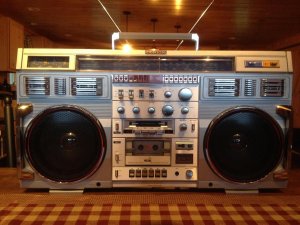
So I bought this gem a month or so ago, looks great, hadn't been used in a while, had a lot of static when operating switches. So much so that the channels would cut out somewhat here and there. So I took her all apart, cleaned all the switches extensively and searched for broken solder joints. I couldn't find any. It really looks good on the inside. I put it all back together and the right channel sounded great! No more static or cutting out. The left channel however, wasn't working at all.

So in a last ditch effort before I put this up for sale, I'm going to describe whats going on as best as I can with the hope that someone might have dealt with this before. The sweep meters both move great, left and right. Only the right LEDs light up though. However if you switch from stereo to wide mode, some of the left LEDS light up and some sound comes from the left speaker. Plugging in headphones gives the same result. Sound on right no sound on left. The fact that the left will put out sound when in the wide mode makes me hopeful the channel isn't blown, but I'm stumped and a bit frustrated. :annoyed:




 Super duper you are on a whole different level, but what I do understand is that it not hopeless! I will take another look at those switches and maybe reflow some solder joints. I must say the channel that is playing absolutely pounds, I can only imagine it with the other channel banging away! Thanks again guys I will keep you posted.
Super duper you are on a whole different level, but what I do understand is that it not hopeless! I will take another look at those switches and maybe reflow some solder joints. I must say the channel that is playing absolutely pounds, I can only imagine it with the other channel banging away! Thanks again guys I will keep you posted.